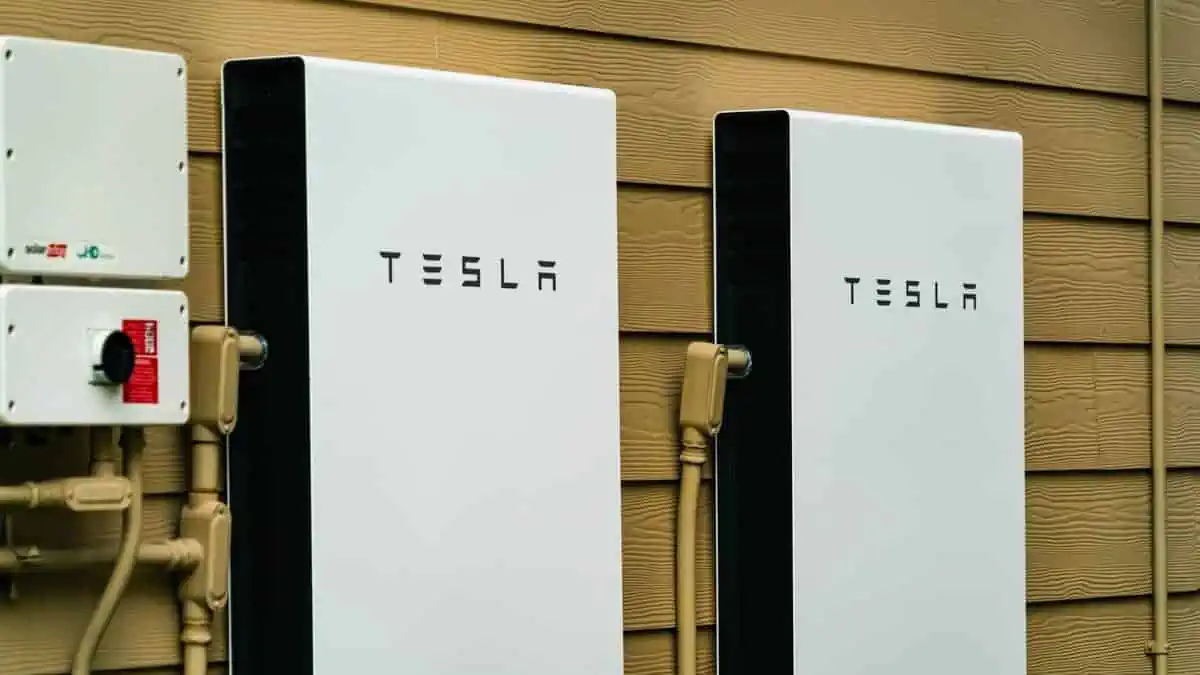Governments worldwide have promoted electric vehicles to achieve their net-zero emission targets. Although they are advertised as more sustainable than gas, skeptics have pointed out the enormous emissions of EVs from manufacturing through disposal.
Electric vehicles’ emission-free driving
However, it must be noted that the lifecycle of an EV delivers much more years of emission-free driving than ICE vehicles.
It is worth noting that EVs release substantial emissions from their production and disposal. Moreover, the most important source of energy used to produce them is coal. However, the New York Times suggests that the said emissions may not always be produced.
CleanTechnica reported that recent studies revealed that the zero-emission produced during an EV’s production is essentially eliminated by the vehicle’s lifecycle of zero emissions.
EV’s carbon footprint compared to ICE
Ford-funded research at the University of Michigan revealed that the emissions from electric sedans and SUVs were only 35% and 37% of those from ICE vehicles, respectively. Meanwhile, electric pickups produced just 34% of gas trucks’ emissions.
Currently, most electricity needed to charge EVs comes from burning fossil fuels. Seventy-eight out of 3,000 US counties reported greater lifecycle emissions from electric sedans than internal combustion engines.
According to Greg Keoleian, the study’s lead author and the director of the Center for Sustainable Systems at the University of Michigan, this is partly because the electricity in those regions is produced from coal.
EV emissions to decrease further in the future
“In the future, BEV emissions will decrease due to the retirement of coal plants and the increase in renewable energy sources,” Keoloeian said. “Our message is that we need to accelerate the transition to battery electric vehicles.”
Batteries are anticipated to endure beyond 500,000 kilometers (310,000 miles), according to a paper released in 2020 by Auke Hoekstra, director of energy transition research at Eindhover University of Technology.
The study also demonstrated that gasoline and diesel emit more pollution than initially assumed. Furthermore, as the use of renewable energy increases, the energy needed to create EV batteries has already decreased more than was anticipated.
“The Ford-financed study is 100 percent correct,” Hoekstra said. “All studies agree that electric vehicles save between 50 to 70 percent CO2 equivalents and that the time needed to recoup the additional emissions caused by battery production is one to two years. The more you drive, the faster you’ll recoup.”
Additionally, even in the US countries where coal is used to generate the vehicles’ power, Keoleian anticipates battery-electric vehicle emissions to decrease much further in the future.
“There are no countries in the world where BEVs pollute more than internal combustion vehicles,” he said. “And when it comes to the US, there’s no way in hell that the current electrical generating mix will remain as polluting as it is today.”






